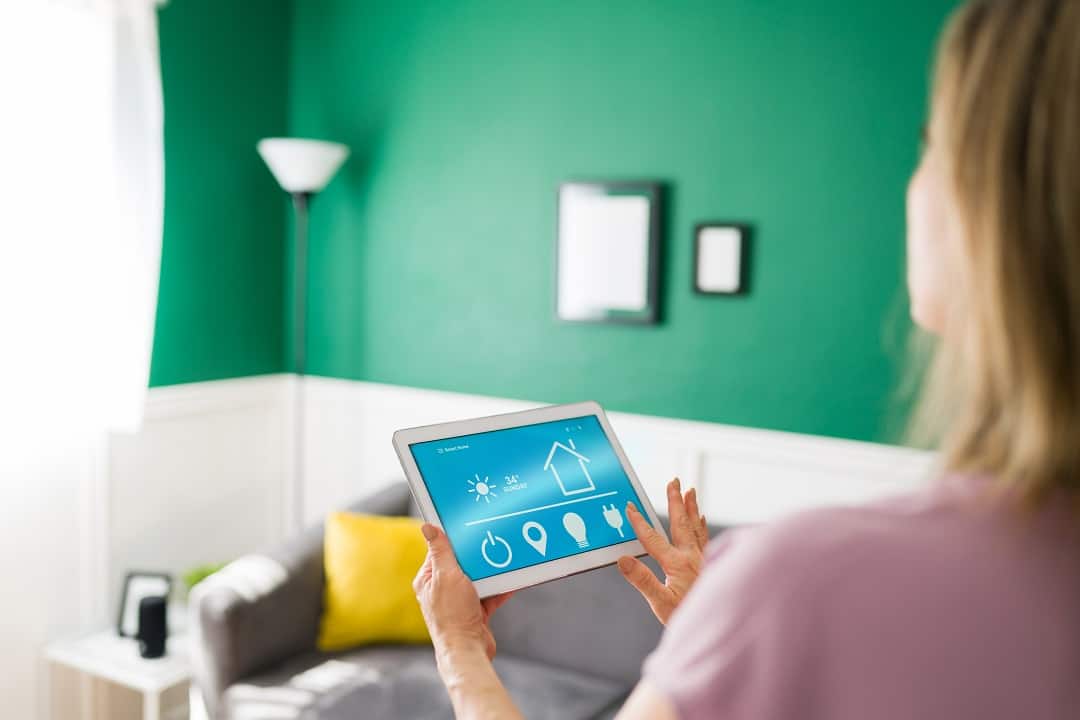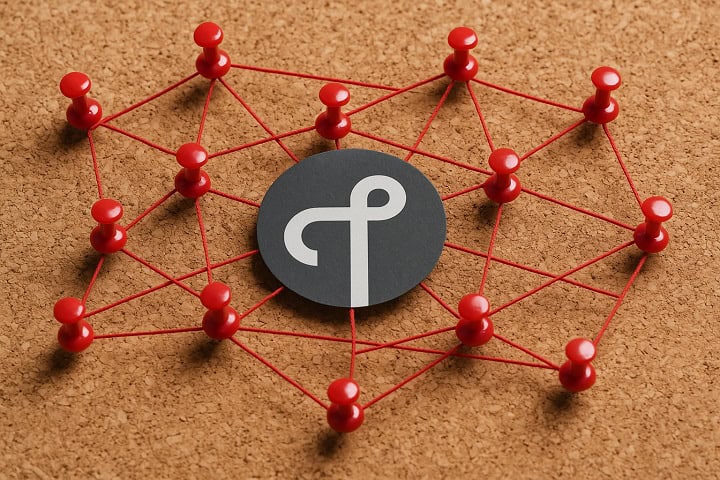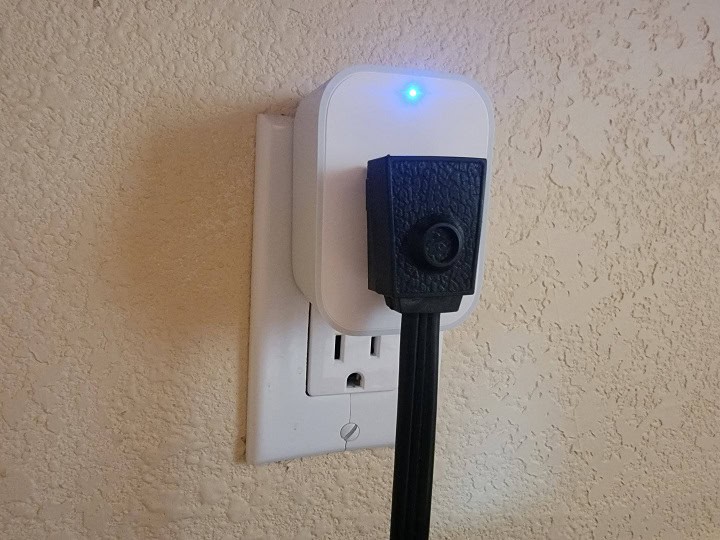Smart home tech can get confusing. If you have ever set up smart lights or a voice assistant, you may have run into problems getting everything to work together. Matter is a new standard that is supposed to make smart home devices from different brands work with each other. People are talking about it because it promises to make things easier for users. This post will break down what Matter is, where it came from, and why companies are working together on it. You will also learn how Matter works in smart homes, what devices use it, and what it means for the future. If you want your smart devices to work better together, this post will help you understand what to look for.
What is the Matter Protocol?
Matter is a standard for smart home devices. It was first announced in 2019 under the name Project CHIP, which stands for Connected Home over IP. The goal was to make it easier for different smart home products to work together. Many people had trouble using devices from different brands on the same system, so this standard was made to fix that problem. In 2021, the project changed its name to Matter.
The main goals of Matter are to make smart home products easier to set up and use, to help them work with each other, and to keep them secure. Matter is meant to help people mix and match smart home products from different companies without having to worry about compatibility. It also uses strong security to protect devices and personal information.
Some of the largest companies in technology support Matter. These include Apple, Google, Amazon, and Samsung. There is also a group called the Connectivity Standards Alliance, or CSA, that manages Matter. Many other companies that make smart home products are also involved. Their goal is to help more people use smart home devices without having to pick just one brand.
How Does Matter Work in Smart Homes?
Matter is a way for your devices to communicate with each other over your home network using Wi-Fi or Thread. Both are common ways smart devices talk with each other and your phone. For initial setup, some devices may use Bluetooth (although, that is no longer necessary). Once everything is set up, the devices can talk directly or through your home network.
Some Matter devices need a hub or controller to work so you can use an app or voice assistant to control them. A hub is a device like a smart speaker or a smart display that helps manage your other devices. The hub can keep everything connected and allow you to control your devices when you are not home. Some phones, tablets, or speakers can act as controllers if they support Matter. This makes it easier to manage your smart home from one place.
Why Matter is Important for the Future of Smart Homes
With Matter, more devices can connect and share information, which makes it easier for people to use their smart home tools without worrying about which company made them. Matter also improves device security and privacy by using several security features to help protect users’ personal information. This means people can feel better about using their smart home products because there are steps taken to keep their data safer.
As more companies start to use Matter in their products, people can expect their smart home gadgets to be more useful. It should be easier to pick devices and know they will work together. Over time, there may be more choices in the store and fewer problems setting everything up at home.
In Summary
Matter is a standard that helps make smart home devices work together, no matter who makes them. Matter uses your home network to connect things like lights, locks, and plugs, and it puts a focus on security and privacy. Matter has the support of many well-known companies, and as more brands add Matter to their products, setting up and using smart home devices should get easier. If you are thinking about adding new gadgets to your home, looking for Matter support can help make sure everything works together more smoothly.




